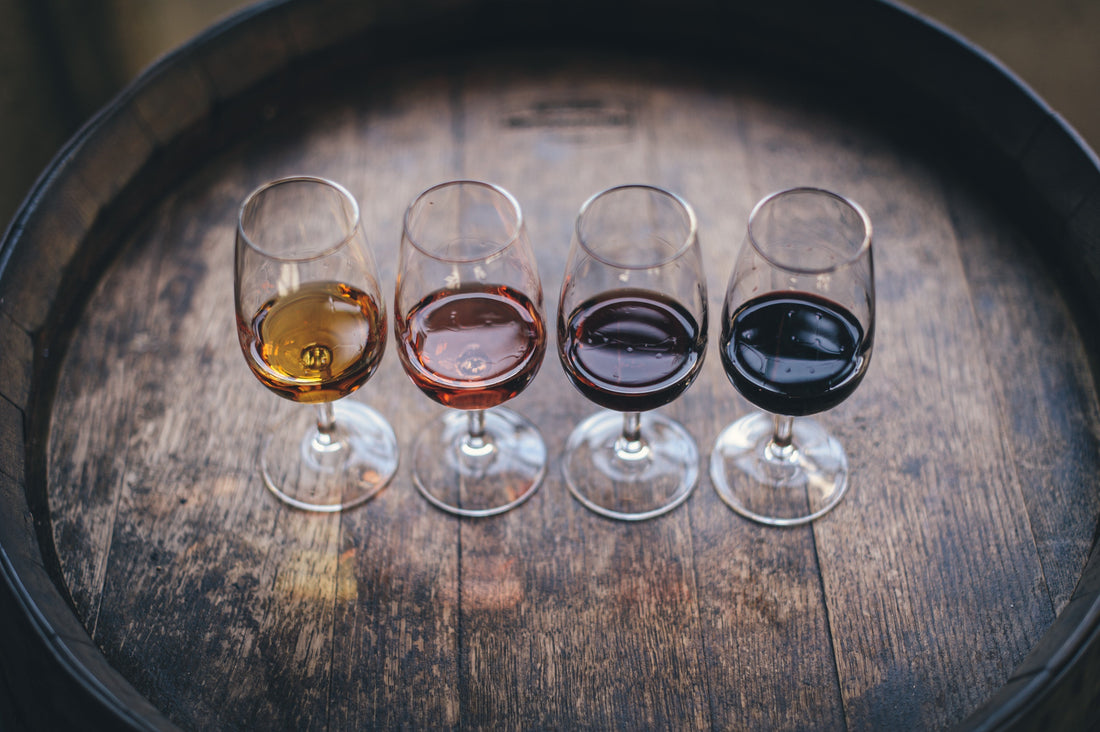
Wine Basics #1 - What gives wine its colour?
Share
A common question and/or misconception is "What gives wine it's colour?"
We try to explain this in this post, it really is quite simple and makes sense once you understand the concepts.
**WHITE WINE**
White wine can be made from either white grapes or red grapes. White wine is made only from the juice of the grapes without any contact with the skins. The grapes are crushed and pressed to extract all the juice which is then drained off prior to alcoholic fermentation. (See Wine Basics #2 How do you turn grape juice into wine?)
**RED WINE**
Unsurprisingly red wine can only be made from red grapes. The colour of the wine and tannins come from the skin of the grapes which are left in contact with the grape juice after being pressed.
**ROSÉ WINE**
Rosé wine is a red wine except the time the grape juice is left in contact with the skins is much shorter. There is a lot of marketing hype around the “pale pink” wines and that darker rosé wines are of lesser quality or are much sweeter. This is nonsense and just marketing schpeil to get people to buy mass produced pink wine at a higher price. The colour of the wine is dictated by a combination of the grapes used and the skill of the winemaker in their efforts to create the style of wine they wish to produce.
**ORANGE WINE**
Orange Wine is made from white grapes but made in the same way as red wine where the grapes are pressed, and the skins are left in contact with the juice for an extended period. This gives a pinkish-orange colour to the wine with the aim producing more body and tannins. Orange wine or skin-contact wine is an ancient method that was re-introduced by innovative producers in the mid 90’s supported by excellent marketing. Although there are some good examples of orange wine, many wines of this type have high acidity and a bitter aftertaste caused by the tannins that overpower the delicate flavours of the wine, which maybe why the trend has not boomed as the marketeers had hoped.
